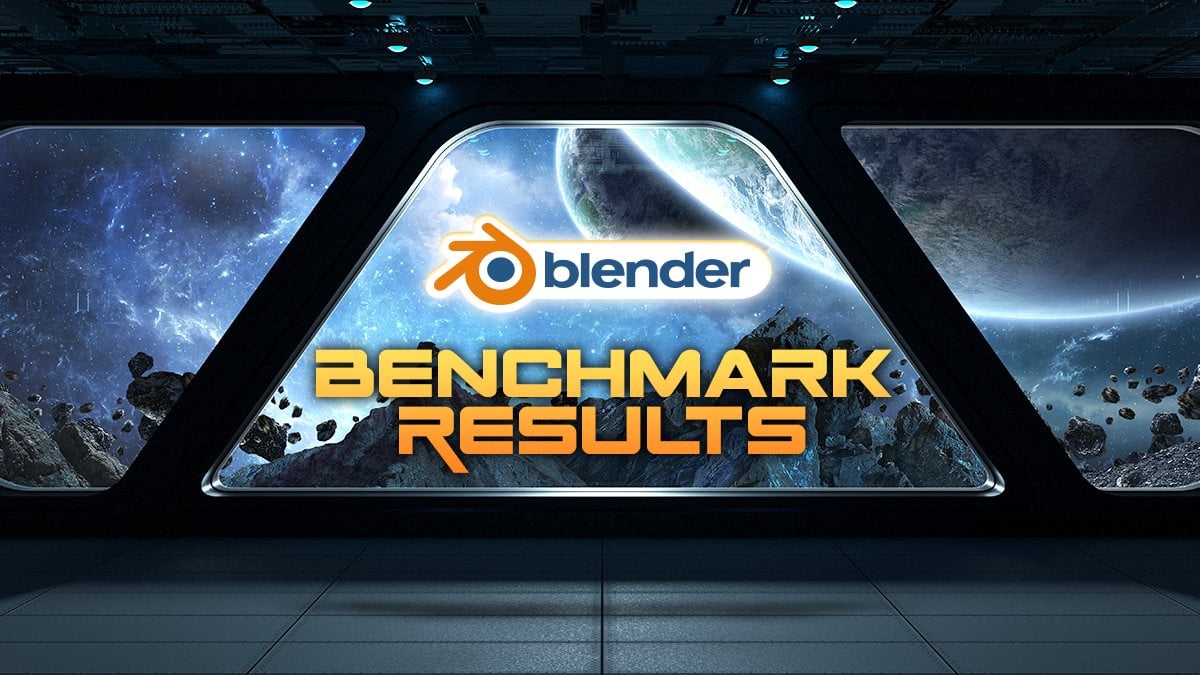Because single-core =/= multi-core and single-core is what people are talking about here, jfc...
It doesn't matter how the 5950X performs here. Single-core performance does not 1:1 translate to multi-core performance. Besides, according to the official table, the 12900K does NOT beat the 5950X; it's the other way round:

Blender Benchmark Results (Updated Scores)
The popular Open Source 3D Animation Software Blender has an in-built render-engine which can be used for testing CPU and GPU performance.www.cgdirector.com
The 12900K is better in Cinebench R23 than the 5950X, yes. However, the clock speed of the 12900K is also higher, which, as stated above, also plays a role for performance. You seem to miss that the new Ryzen 7000 got a significant clock rate uplift, which does help considerably with performance considering it means more of the cycles from the term IPC. That's why people state the IPC gain is small. A lot of the strength comes from the clock rate boost.
EDIT:
Actually, reading the article again, it does mention a possible reason for the 30% rendering difference:
If that really is true, extremely higher IPC even less likely the reason.
Another highly possible reason, TDP.
When all cores are under full load, the clockspeed will be alot lower compared to just 1-2 cores. By default 5950x TDP is 105W. Even if its PBO, it maxed at ~142W (socket limit by AMD). Now AMD has risen that limit to 170W. With the extra 28W + benefits of 5nm, Zen4 should be able to run at much higher clockspeeds at full load compared to 5950x.
I don't have any results for blender for I did read that 5950x runs at around 3.85-4GHz in cinebench, this is around 1GHz lower than its max boost clock.
So, I reckon Zen4 should be running much higher clocks (maybe 4.5-5GHz).

